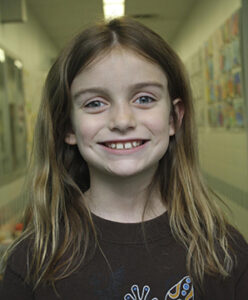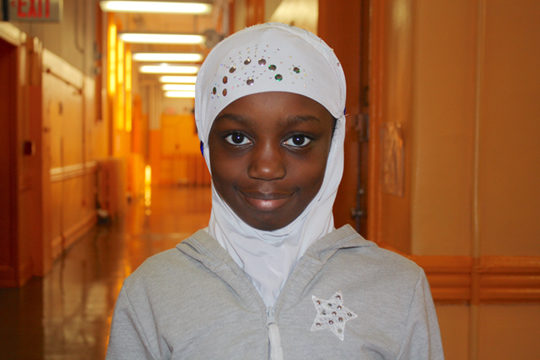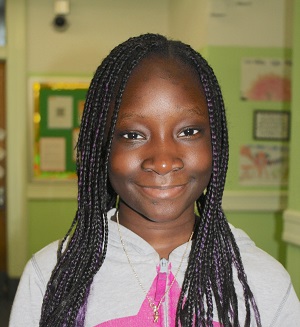
Adelle is a student in a Manhattan public school in New York City and was in a second-grade class taught by poet and T&W teaching artist Matthew Burgess in the spring of 2015. She talked about her poetry, dreams, and imagination with editor Susan Karwoska this past May.
*
Teachers & Writers: What do you enjoy about poetry?
Adelle: The first day Mr. Matthew came, I experienced how poetry can express my feelings. I really like showing on a sheet of paper what I’m thinking in my head.
T&W: Do you think it’s important to use your imagination in school?
Adelle: I think imagination is important, even though it’s not real. Because you can pretend something and it’s like it’s real. Like, one day I thought about farting marshmallows, and I just put that in my poem!
T&W: What do you want to be when you grow up?
Adelle: I want to be a poet, a photographer, and a fashion designer.
T&W: Have you shown your poems to anybody?
Adelle: Well, I show them to Mr. Matthew every day after I finish them. He says, “Great!” and I give him a high-five.
*
“My Secret Hideout”
By AdelleIn my secret hideout is a pool
with a house made out of stone.
And animals that love you.
And a diving board.
And a password that is
BE QUIET!
And I love my secret hideout.
It has a fluffy chair
that’s as big as a whale.
The pool has fish and sharks.
There’s an octopus.
And my BFFs sometimes
ride on the octopus
and the whale and dolphin.
*
Lesson Notes
By Matthew Burgess
Adelle’s poem was written in response to a lesson I call “My Secret Hideout.” I begin by sharing Robert Duncan’s poem, “Childhood’s Retreat.” Both the text and an audio recording are available at the Poetry Foundation website, and I have found that Duncan’s voice captivates students and creates a dreamy mood. (If the classroom is equipped, I recommend projecting the poem on the board so that students can follow along while listening to the poem.) A few questions set the discussion in motion: Why does the boy like to climb trees? How might he feel up there in the branches? What does he see, hear, and smell? What do you notice about the way the lines of the poem are broken? Then I turn the conversation in a more personal direction: Where do you go to be quiet or to daydream? Have you ever made a fort or a secret place? Students have a lot to say on this subject, so the trick is to find the right moment to make the transition to individual writing. Sometimes I read student examples to suggest possibilities, and then I offer a few open-ended instructions while emphasizing, as always, “delicious details”: Write about your secret hideout, real or imaginary. Where is it? How do you get inside? Who is allowed to enter? (I speak about this assignment and read some student examples in a podcast at the Poetry Foundation website.)
Photo (top) by Jade Triton
Teachers & Writers Magazine is published by Teachers & Writers Collaborative as a resource for teaching the art of writing to people of all ages. The online magazine presents a wide range of ideas and approaches, as well as lively explorations of T&W’s mission to celebrate the imagination and create greater equity in and through the literary arts.



